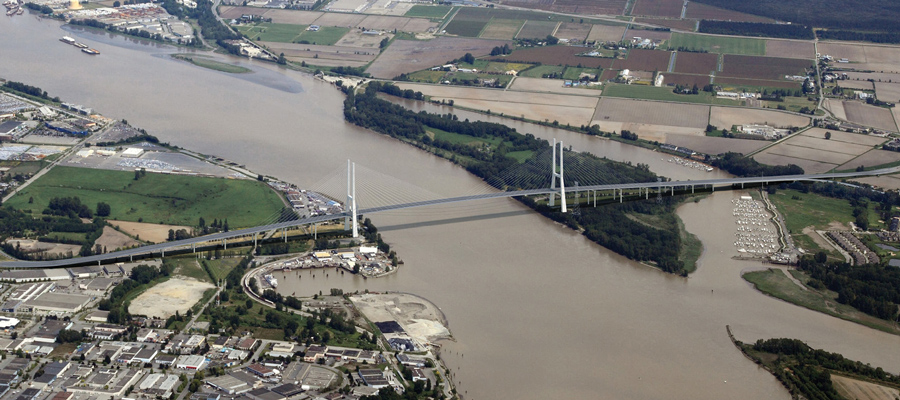Massey Tunnel Replacement: where’s the data to support this project?
It seemed like a good thing to do on a cold rainy day — curl up by the fire and read the long delayed, potential best seller: George Massey Tunnel Replacement Project — the Business Case. Admittedly, to some there are more exciting reads; but for a policy wonk like myself I couldn’t wait to get into the rationale and analysis supporting what will be the most expensive public transportation project in B.C. history.
The table of contents did not disappoint. It looked like the full meal deal — strategic context; challenges; options; benefit-cost analysis; procurement options and recommended strategy. No, the disappointment didn’t set in until I started reading the actual report.
It wasn’t just the absence of any data or information supporting the conclusions reached in the report (you know, like the impact of a new ten lane bridge replacing a four lane tunnel on regional development patterns; traffic volumes in this and other corridors; the estimated level of the toll and its impacts on travel patterns and users of the bridge). It was how narrowly the authors defined the problem that needed to be addressed.
The context and challenge here is not simply congestion through an aging tunnel under the Fraser between Ladner and Richmond. The context is congestion and aging facilities throughout the MetroVancouver region. And the options that need to be considered and analysis that needs to be done concerns how best to address all of those needs.
The business case for any one project like the Massey Tunnel Replacement can only be developed and understood in the context of an integrated transportation plan — one that carefully looks at:
-what new road, bridge, and transit infrastructure is required throughout the region;
-what they will cost and how they will be paid for in an efficient and equitable way;
-how major developments in one corridor affect travel patterns and needs in others;
-how costly infrastructure requirements can be minimized or delayed with regional growth management, HOV network, road toll, transit service enhancement and other strategies to reduce demand.
There is no question that the traffic congestion and seismic deficiencies with the George Massey tunnel need to be addressed. But there are lots of reasons to question the choice of a ten lane bridge as the right answer and to worry about the impact of this project on congestion elsewhere. And there is great reason to be concerned about the expanded use of a tolling strategy that is neither efficient nor equitable.
Perhaps most importantly, there is no evidence that the region as a whole will be better off after this one project is built — that it will support carefully developed regional growth management and transportation strategies and won’t unduly delay other infrastructure and service priorities.
It is all very depressing. I think I’ll search out a favourite old Nietzsche treatise to cheer up.
Topics: Transparency & accountability


